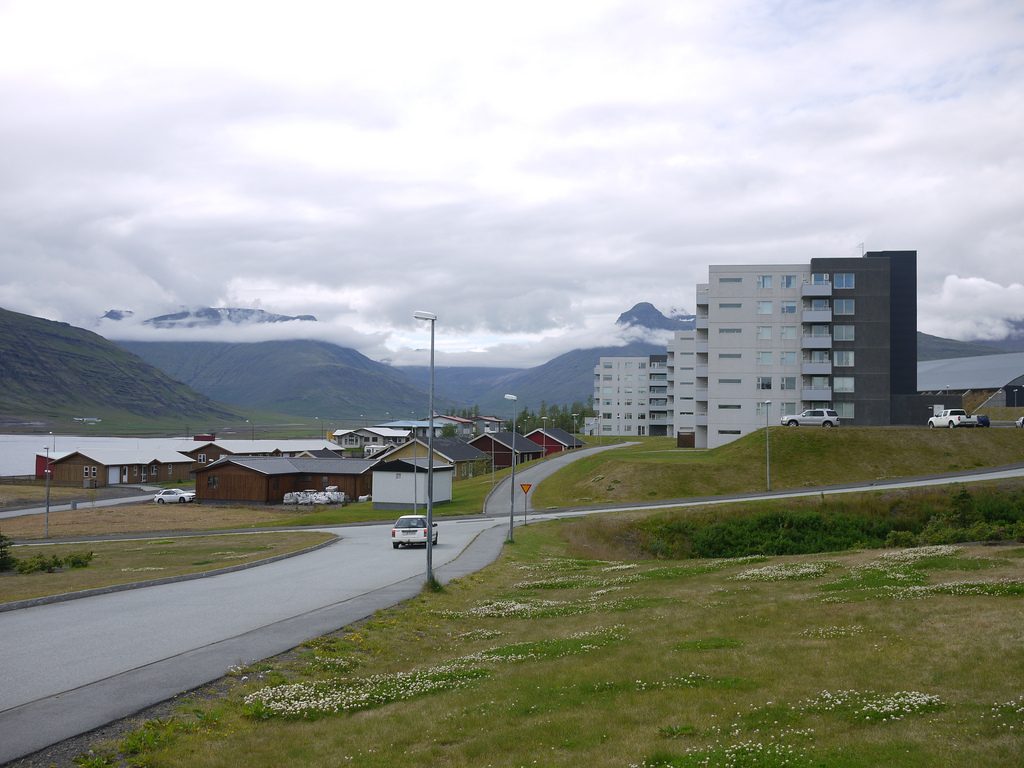Celebrating World Bathing Day – how a geothermal well started a baby boom in Iceland
A research project by Canadian researchers back in 1978 drilled a well that hit hot water in an area that was not believed to have geothermal resources. Popular with the locals it led to the set up of a communal hot tub, and a little baby boom in the community.
The article refers to The Iceland Research Drilling Project, a research project to learn about the geology of the ocean’s crust. The project was led by Prof. James Hall with a group of students and researchers from Dalhousie University in Halifax, Nova Scotia in Canada.
While initially the group planned to drill into the ocean floor, it was then decided to drill on an island and so the group travelled in 1978 to Reydafjördur in eastern Iceland.
Erecting a drilling tower, the project drilled to a depth of 1,919 meters when it got stuck. … so while not successful, the well actually produced hot water. At the time, the region was not believed to have geothermal resources, but the work of the Canadian group proved otherwise.
So locals started to use the hot water for little hot tub set up, later a larger one fitting up to 15 people, which was very popular. It even is accredited to a small baby boom in the area.
As much as the geothermal resources of Iceland are credited for the happiness of its people, who would have thought that Canadians had such an impact in this rural part of Iceland. Reydarfjördur is now home to a large aluminum smelter powered by a large hydro power plant, but heated by local geothermal resources.
For the full article, background and pictures click the link below.
Source: CBC


















